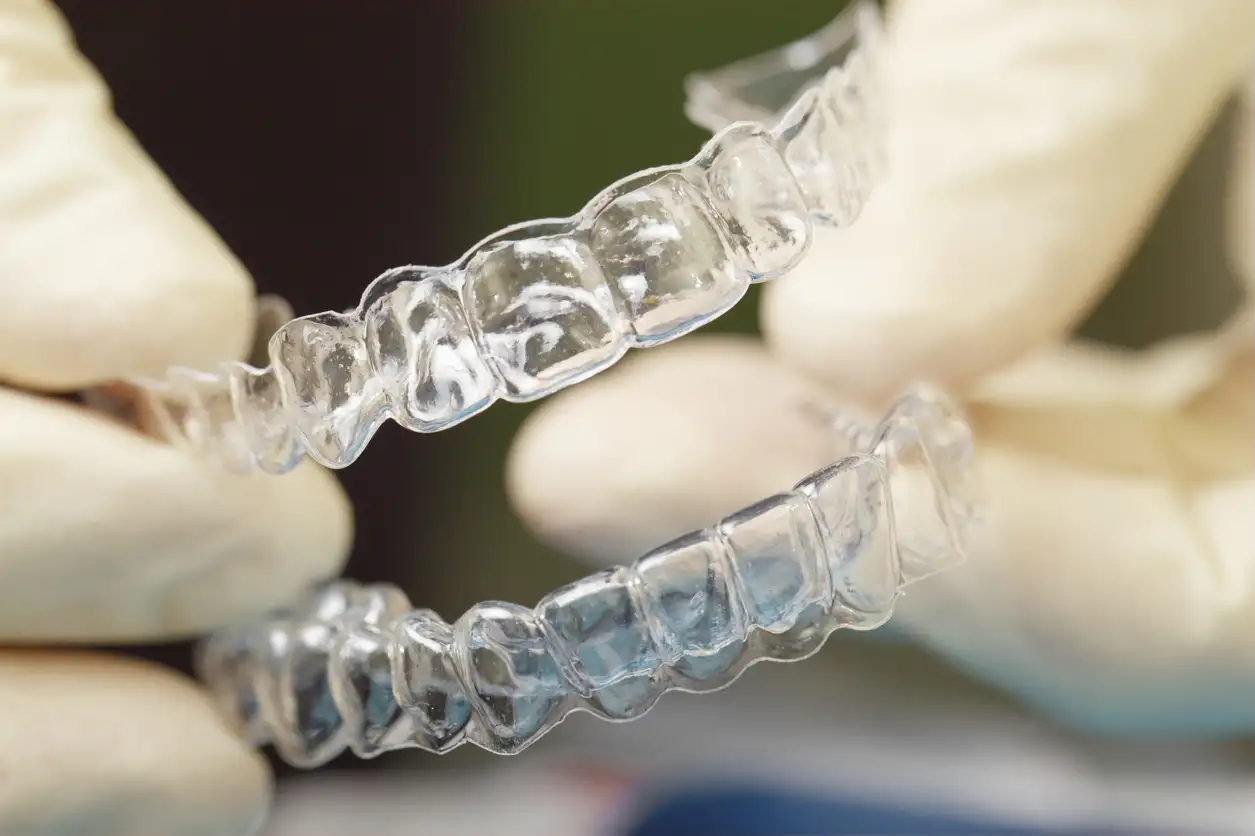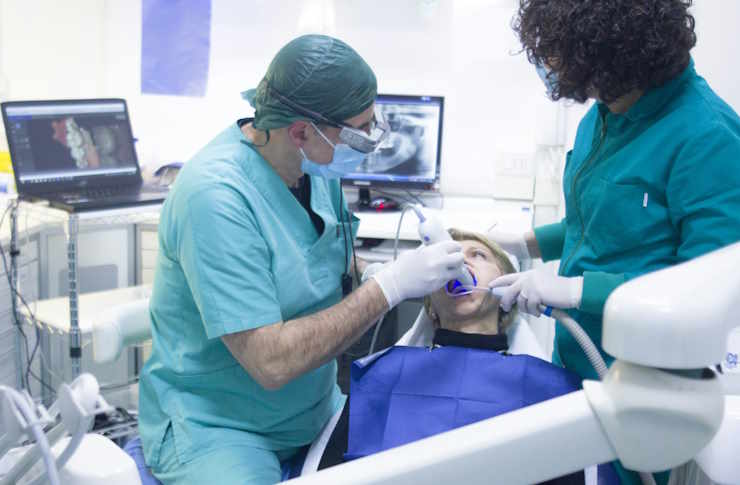2025 Orthodontic Treatment Guide
Have you ever hidden your smile in photos, or felt self-conscious meeting new people because of crooked or crowded teeth? You’re not alone. Millions of adults and teens in the U.S. want a straighter, more confident smile—but many worry that braces are too expensive, too noticeable, or too much of a hassle.

Understanding Different Orthodontic Treatment Options
Traditional metal braces remain a reliable choice for correcting misaligned teeth and bite issues. These consist of metal brackets attached to teeth, connected by wires that gradually guide teeth into proper position. Clear ceramic braces offer a similar mechanism but use tooth-colored materials. Lingual braces, mounted behind the teeth, provide another discrete option for orthodontic correction.
Clear Aligners and Modern Alternatives
Clear aligner systems have gained popularity as alternatives to conventional braces. These custom-made, removable plastic trays gradually shift teeth into alignment. Treatment typically involves wearing a series of aligners, each for approximately two weeks, with regular dental check-ups to monitor progress. Some systems allow remote monitoring through smartphone apps and digital scans.
Treatment Duration and Planning Process
Orthodontic treatment duration varies significantly based on individual cases. Simple alignment issues might require 6-12 months, while complex cases can extend to 24-36 months. The process begins with a comprehensive examination, including X-rays, photographs, and digital scans to create a personalized treatment plan.
Evaluating Orthodontic Treatment Costs
| Treatment Type | Average Cost Range | Insurance Coverage |
|---|---|---|
| Traditional Braces | $3,000 - $7,000 | Often partial coverage |
| Ceramic Braces | $4,000 - $8,000 | Often partial coverage |
| Clear Aligners | $3,500 - $8,000 | Varies by provider |
| Lingual Braces | $8,000 - $12,000 | Limited coverage |
Prices, rates, or cost estimates mentioned in this article are based on the latest available information but may change over time. Independent research is advised before making financial decisions.
Maintenance and Long-term Care
Successful orthodontic treatment extends beyond the active phase. Retainers, either removable or permanent, maintain teeth alignment after treatment completion. Regular dental check-ups and proper oral hygiene practices become essential components of long-term success. Most orthodontists recommend wearing retainers indefinitely to prevent teeth from shifting back to their original positions.
This article is for informational purposes only and should not be considered medical advice. Please consult a qualified healthcare professional for personalized guidance and treatment.




